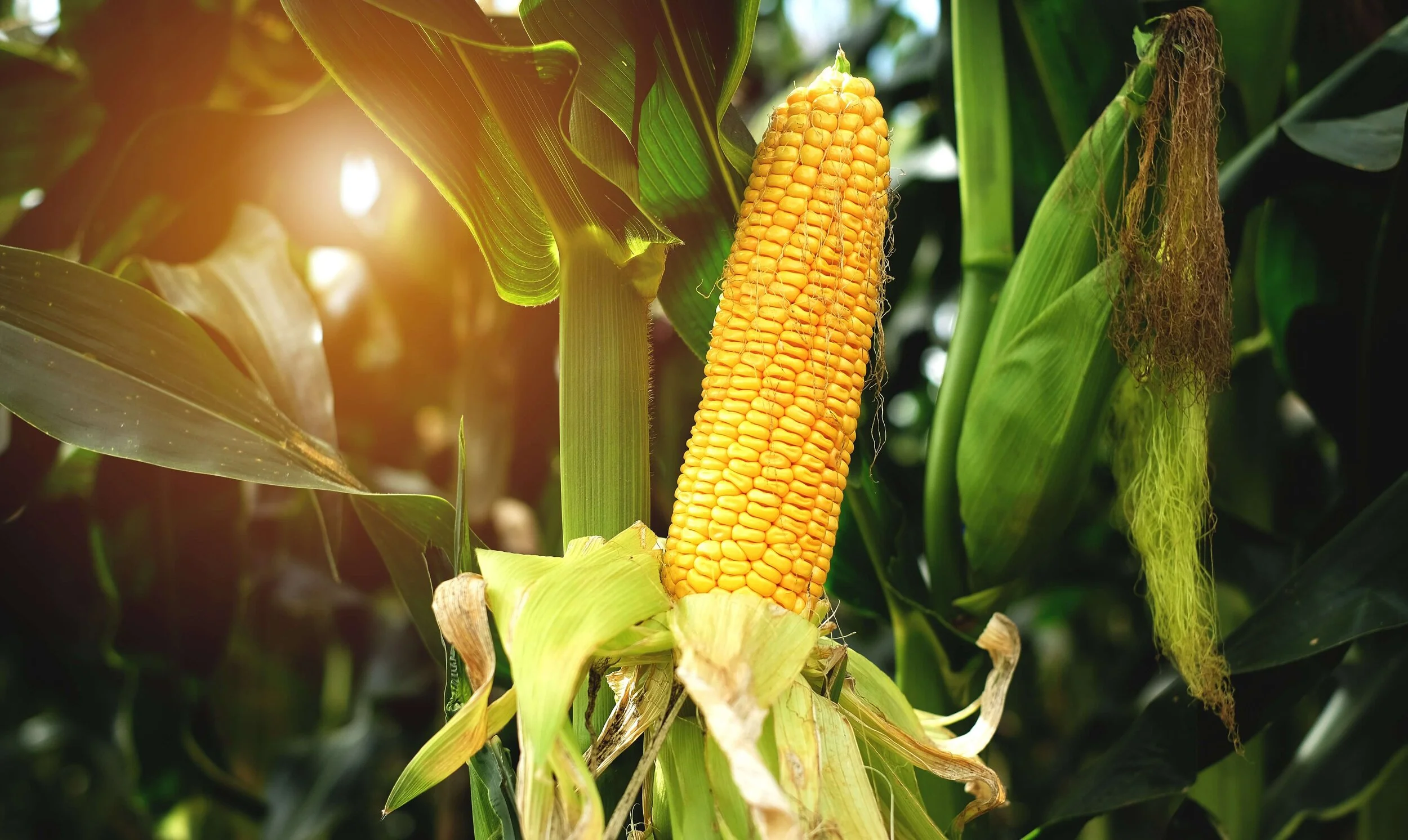Maize variety selection
Selecting a maize variety poses a whole series of questions for maximising your desired outcome. Factors that come into the equation for maize seed selection can be site elevation, starch, environmental factors, livestock requirements, drilling timing, inputs and undersowing crops. Our seed and feed experts provide some tips on getting the right variety.
Site selection
As trends suggest that the seasons are getting warmer and wetter, this might indicate that earlier, quicker growing varieties are more suitable. In an ideal world, the site will be south facing, below 600ft above sea level, good amounts of topsoil and a pH of 6.8. This might be achieved in some situations, but maize can be grown in other situations, with good agronomy and management practices.
For sites that are prone to the wetter weather and waterlogged soil, these earlier varieties can be established later (into the warmer soils) and will be at the right dry matter for an earlier harvest. There will be sites that can cope with a later harvest, making the most of the big bulky varieties these tend to produce.
There will also be environmental considerations to consider when choosing a site to grow maize. Fields with steep sloping banks are not best suited, particularly in years like last year, with bouts of heavy rainfall. This can lead to soil erosion and nutrient run off, neither good for the environment or the field.
Timing
Where the maize needs to be harvested in good time, an earlier variety might be better suited, as it will reach maturity quicker. Where this is less of a problem, or the maize can be drilled at the earliest instance, a later option could fit. Similarly, when it is less likely to get an early drilling, varieties with good early vigour will be beneficial, as well as the early maturing varieties that require less heat units to reach maturity. Soil temperature at drilling is key, at least 8° for lighter soils and 10° for heavier land. Conditions will vary from site to site, which should be looked at in individual circumstances.
Nutritional results
Although site selection is vital to the successful production of any maize crop, the fundamental reason why we grow maize must not be forgotten. Maize can benefit livestock farmers by supplying a cost-effective source of energy in the form of starch. While higher compared to wheat and barley, maize starch degrades slower and offers a higher proportion of bypass starch. This reduces the risk of acidosis in the rumen, making maize a safer source of energy to the cow.
When balanced appropriately with protein, a maize based diet can benefit the lactating dairy cow as well as finishing beef cattle. Depending on the type of feeding system, maize varietal choice can be made based upon nutritional parameters such as starch yield or cell wall digestibility. It is important however to link these nutritional parameters with the variety’s maturity class as harvesting earlier may yield a greater proportion of digestible cell wall material and less starch from undeveloped grains, and vice versa. Varieties therefore must suit your selected site whilst achieving your nutritional requirements.
The benefits of undersowing Maize
Undersowing the maize crop can solve issues with trying to get a crop established late on in the season, particularly when weather conditions have been unhelpful. Depending on the time of drilling, this will dictate the species that can be used. This can vary from being drilled at the same time as the maize, or when the maize plant is at 4-5 leaf stage or at the 7-8 leaf stage. Early drilled crops will require a less competitive species, such as a fescue, so to not outcompete the maize, but to grow alongside. Later drilled crops will
require a species with a more vigour and rapid establishment like an Italian ryegrass to not be outcompeted by the maize.
By having a well-established grass crop under the maize can facilitate harvest and hold on to nutrients in the soil better, particularly in wetter years (as experienced this winter!). There is also suggestion that it can help take moisture out of the ground, and therefor speed up the dry down of the crop and promote an earlier harvest. While it may not produce 100% cover, there is the option of grazing this with sheep.
Options after Maize
Establishing a crop directly after maize harvest can allow for several opportunities. It optimizes the productive ground for the winter months, whilst retaining nutrients, boosting soil organic matter and reducing soil erosion over winter. Depending on the crop chosen, an extra forage crop can be achieved, in what would otherwise be bare stubble.
Options can include:
Follow maize with a winter cereal
Forage rye ( can be sown as late as early November)
IRG
Westerwolds
Cover crop (EFA sown by Oct 1st)
These are all dependent on getting harvest of in good time to allow for establishment of the following crop before travelling conditions become too wet.
Need any further help? Our team of experts from seed, fertiliser, crop protection and feed can assist you in growing better maize. Call 01243 784171 or email info@bartholomews.co.uk

